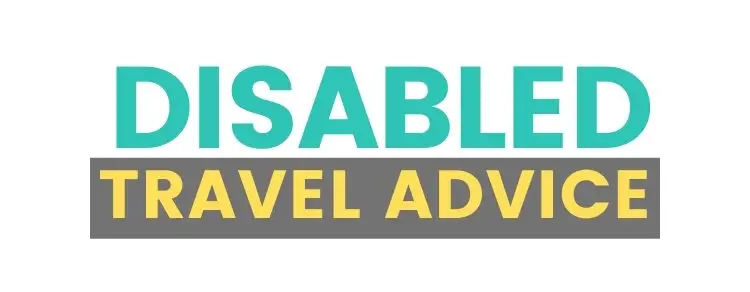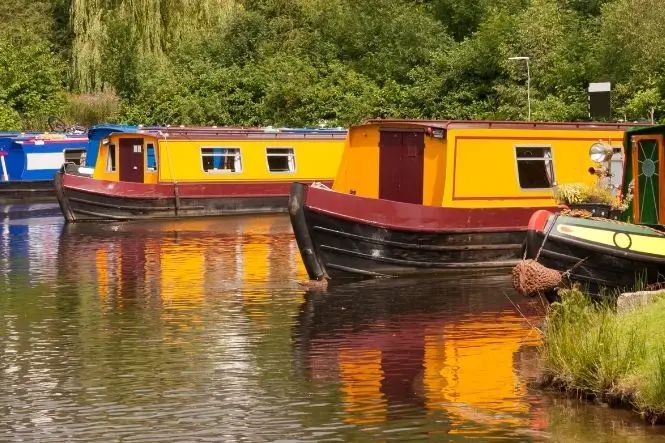With some of the most scenic canals in Europe, and a large network of waterways, canal boating holidays are an increasingly popular way to relax and get away from the stresses and strains of everyday life for disabled and able bodied boaters alike.
Narrow boats, often wrongly referred to as barges, which are in fact cargo carrying canal boats, have relatively few controls and should be able to be picked up in a short time, even if it is your first time on the water.
The most important piece of equipment is tiller, which steers the narrow boat and is situated at the rear of the narrow boat on the deck where the ‘captain’ stands or sits. Many novices panic when they have to avoid an obstacle in the canal or have to leave enough space between two passing boats. The basic tip in this situation is to aim your steering handle so that it is line with what you want to avoid and your narrow boat should go in a different direction, as long as what you are trying to avoid is not directly ahead of you.
Due to wash, the waves created when a narrow boat passes along the canal, damaging canal banks, there is a maximum speed limit imposed on the canal network in the UK. This is usually 5 mph. It is also important to ensure that you have a working light on the front of your narrow boat as many tunnels are long and very dark. A light not only enables you to guide your narrow boat through the tunnel, but allows other narrow boats, that may be approaching from the opposite direction, to see you.
Wheelchair Users
The majority of narrow boat holiday, whether by disabled or able bodied people, are taken as part of a group, as not only does this enable the cost to be spread, which can be quite considerable in the summer months, but also means activities such as operating locks are much easier.
Some narrow boat companies and disability trust groups offer narrow boats which are especially adapted for those in wheelchairs. These narrow boats are usually of increased width, to provide improved manoeuvrability for wheelchair users, and often have specialist built in facilities such as hydraulic lifts, low level bunks and wide access boarding ramps. Some companies and trusts are also able to offer transfer hoists, where available. An average narrow boat will accommodate approximately ten people.
For those with limited upper body mobility it is still possible for them to take their turn on the tiller. This is achieved by using a remote steering device that allows someone to steer using a joy stick. It is important that everyone on the narrow boat, whether they are disabled or able bodied, wears a life jacket at all times. When travelling through tunnels always ensure that there is a waterproof torch at hand, as the light on the front of the narrow boat will only illuminate the way ahead and additional hand held lighting is useful.
It is usually possible to plan a circular journey along the canal network back to your starting point, so as to avoid having to travel back the way you came. It is also worth checking for mooring sites, so you can plan where to stop in advance.

